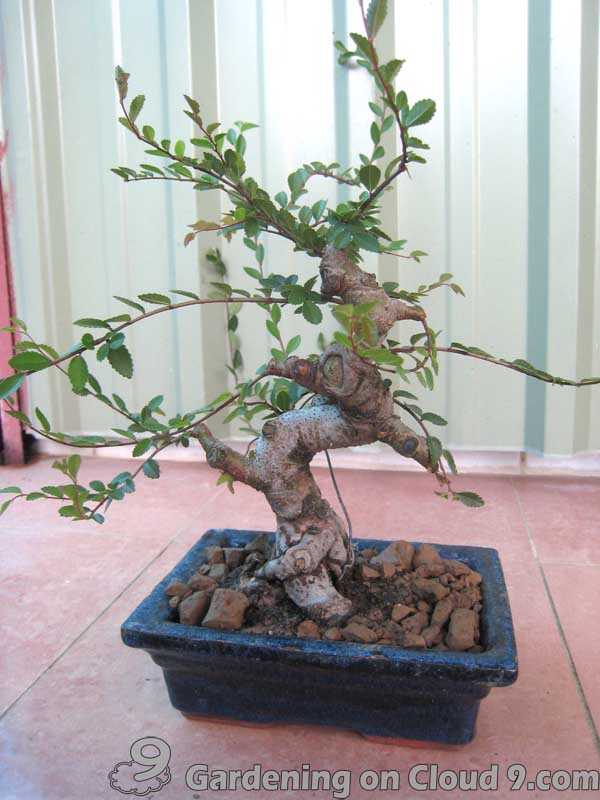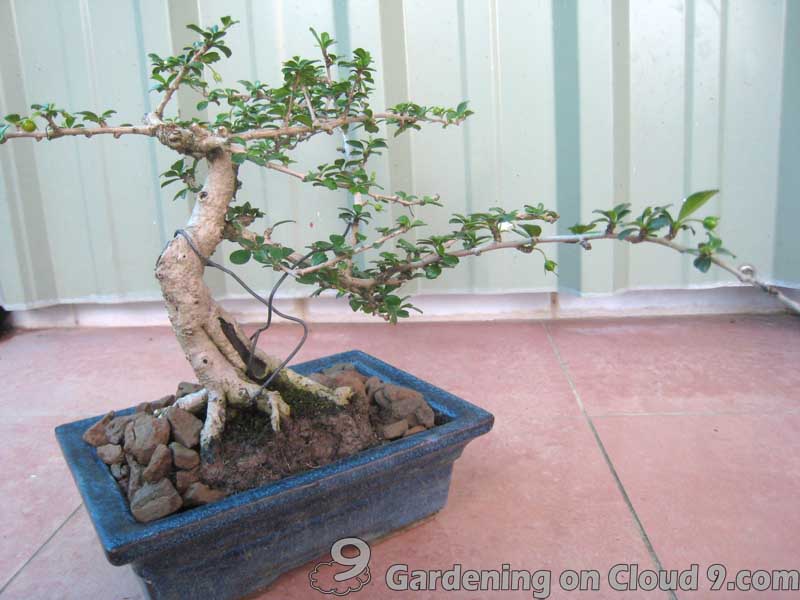 Before a bonsai tree is potted into its final bonsai pot, it first should be potted in a training pot, where there are more space and resources for the bonsai tree to grow and develop its root system and new branches. During this period, ramification and final branch placement will begin.
Before a bonsai tree is potted into its final bonsai pot, it first should be potted in a training pot, where there are more space and resources for the bonsai tree to grow and develop its root system and new branches. During this period, ramification and final branch placement will begin.
When we get a new bonsai tree, if it is a juvenile bonsai tree that is still growing quite rapidly, we should use bonsai training pots before we decide on a final show pot to exhibit our bonsai tree. While old bonsai trees, which do not need to be trained anymore and have been repotted and root-pruned many times already, are adapted to living in small bonsai pots, young bonsai trees need much more room to grow. Young bonsai trees need to be trained step-by-step to adept to living in smaller pots, by pruning their roots every time they are being repotted. These young bonsai trees can be potted in less expensive bonsai pots or in plastic containers which are widely available at many online bonsai supply shops.
When we repot our bonsai tree from the bonsai training pot to its final bonsai pot, the shape of the bonsai tree should already been decided and formed. Most of the shaping and forming should have been done by this time. During the training phase, a lot of work is going on. The bonsai training pots are like a workhouse of the bonsai pot. Most of the shaping and pruning, as well as wiring and rewiring, are done when the bonsai tree is potted in the training pot.
Therefore, bonsai training pots need not to be beautiful works of art. All they need to be is sturdy and light in weight. When the bonsai tree is ready to be repotted from the bonsai training pot, we can start looking at aesthetics, and search for the perfect bonsai pot to showcase our beautiful bonsai tree. And this is when colors and designs of bonsai pots become important.
Here are a few more articles on how to choose bonsai pots for our bonsai trees.
What Bonsai Pots for What Bonsai Trees?
Bonsai Pot – Get the Right Size for Our Tree
Bonsai Pots for Different Bonsai Styles
Bonsai Pots of Different Materials
Bonsai Pots of Different Shapes and Sizes
Choosing Your Bonsai Pots






